About Us
The Veterinary Diagnostic Laboratory performs analyses for the University Hospital for Companion Animals and the University Teaching Hospital for Large Animals, as well as for external companion animal and large animal practices or hospitals located in Denmark and Scandinavia. Furthermore, the laboratory participates in a number of national and international research projects.
Below you will find brief information about our main categories of tests. Guidelines and recommendations concerning sample preparation, and a list of standard analyses and prices can be found under the menu item Test Info and Protocols.
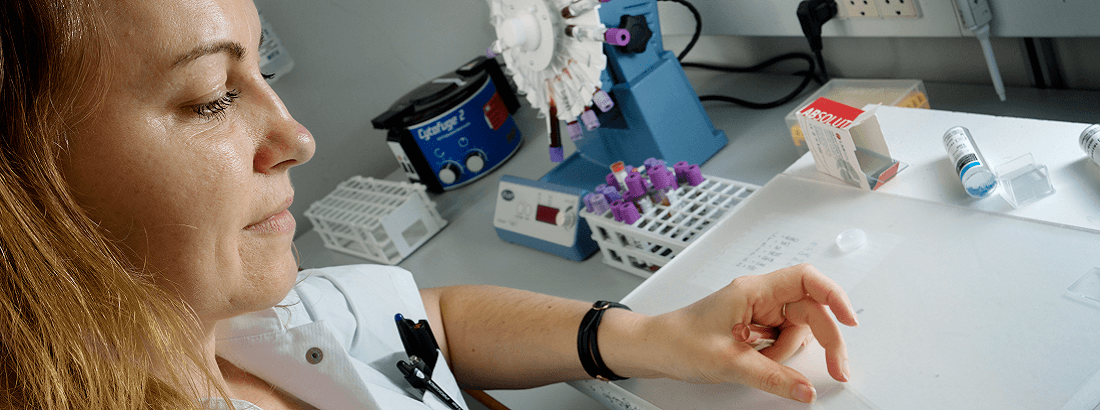
The laboratory use a flow cytometry-based system to provide a complete blood cell count and a WBC differential. Cell counts are verified manually and the different cell types morphologically assessed by microscopic evaluation of a blood smear.
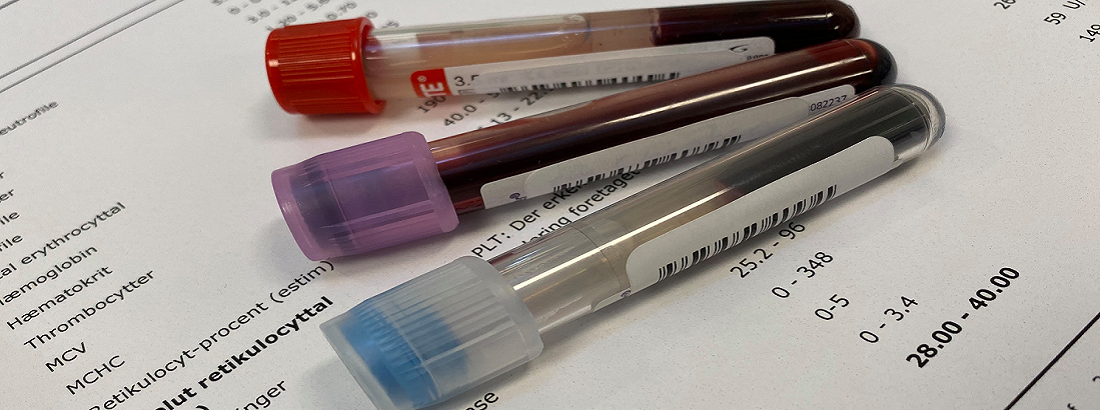
Our basic biochemistry profile consists of primarily liver, kidney and muscle biomarkers, and include evaluation of minerals and electrolyte status, as well as of protein-, carbohydrate- and lipid metabolism, and acute phase proteins.
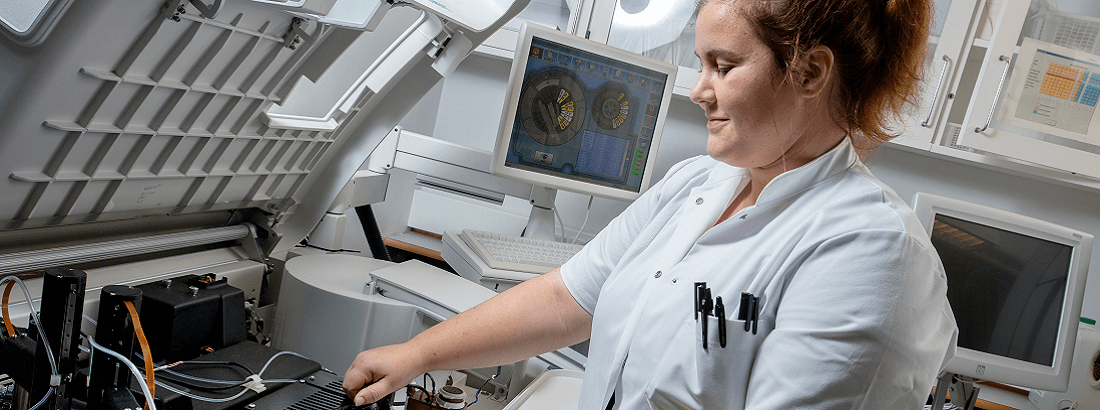
For research purposes we provide additional analyses, as for example adrenocorticotropic hormone (ACTH), insulin, prolactin, testosterone, estradiol as well as free T3 and total T3, through external collaboration with specialised partners.
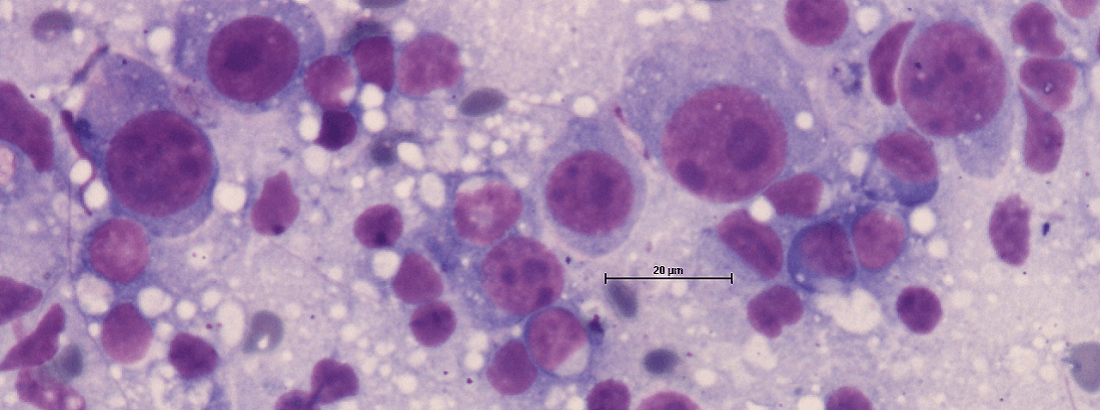
Cytological preparations from fine needle aspirates, impression smears etc. are microscopically evaluated and when possible, a diagnosis is established.
Guidelines concerning specimen collection and preparation can be found under the menu item Test Info and Protocols.
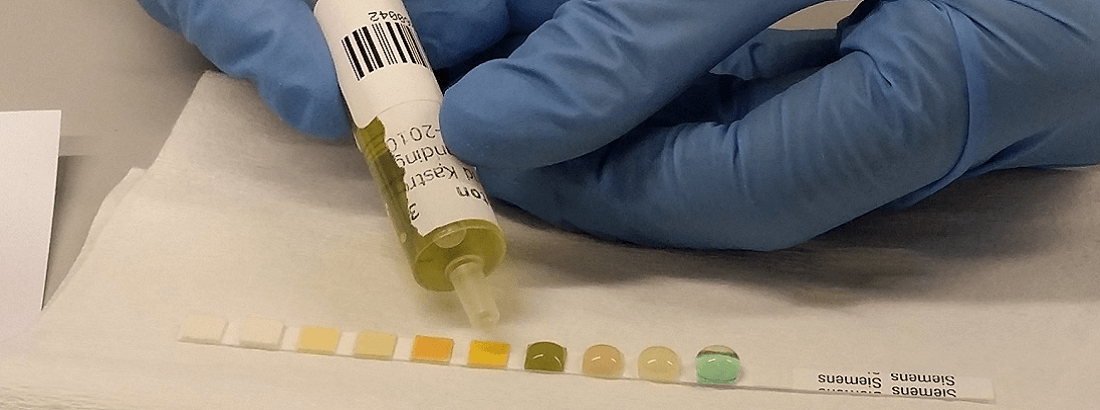
The laboratory performs standard urinalysis as well as protein-creatine ratio (UPC), and urine cortisol-creatine ratio (UCC). A urinanalysis is essentiel when evaluating renal function, and if possible a urine sample should be collected whenever a biochemistry profile is performed.
A standard urinalysis includes measuring specific gravity, performing a dipstick analysis, and a microscopically examination of sediment. A potential color change on the dipstick can be converted into a semi-quantitative result for the following parameters: pH, blood, glucose, ketones, protein, bilirubin and urobilinogen. The evaluation of sediment consists of both an unstained wet-prep so to identify casts and/or crystals as well as a stained preparation to identify cells and/or infectious agents.
Should you wish to perform a microbiological examination, the laboratory offers to re-ship the urine sample to our clinical microbiology service (SUND VET DIAGNOSTIK).
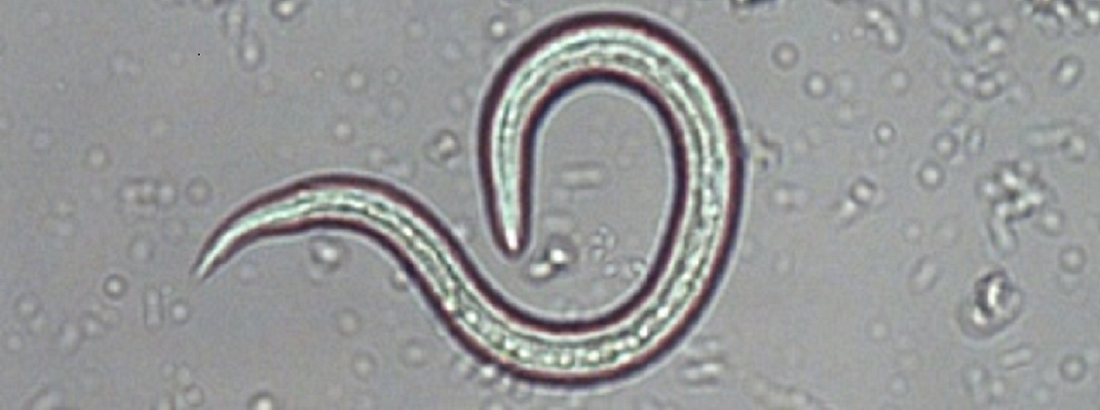
With fecal Flotation parasite eggs, cysts and oocytes can be identified, including Toxocara canis/cati, Toxocaris leonina, Uncinaria stenochephala, Capillaria spp., Tricuris vulpis and Isospora spp.
Giardia lamblia and Cryptosporidium parvum antigens are detected by means of a fecal ELISA based SNAP-test.
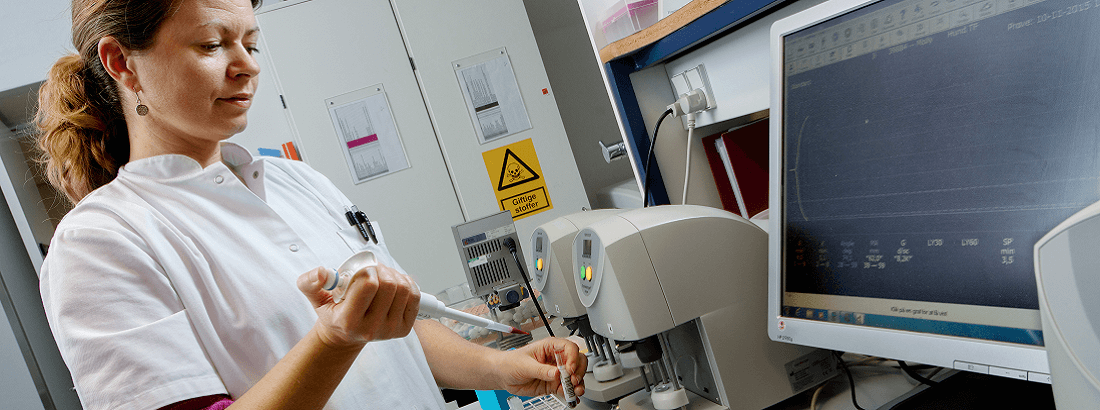
Plasma-based coagulation assays includes prothrombin (PT), activated partial thromboplastin time (aPTT), fibrinogen, anti-trombin (AT) and von Willebrand Factor (vWF) antigen as well as D-dimer.Thromboelastography (TEG) is analyzed using whole blood.
To ensure optimal results and minimize pre-analytical errors, please follow our guidelines and recommendations concerning sample preparation under the menu item Test Info and Protocols.
Please contact the laboratory for further information.
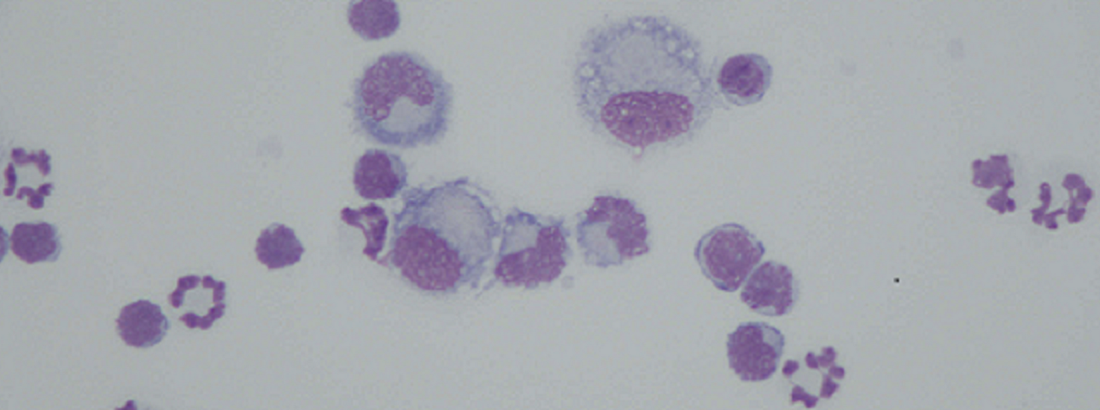
Please contact the laboratory for further information.
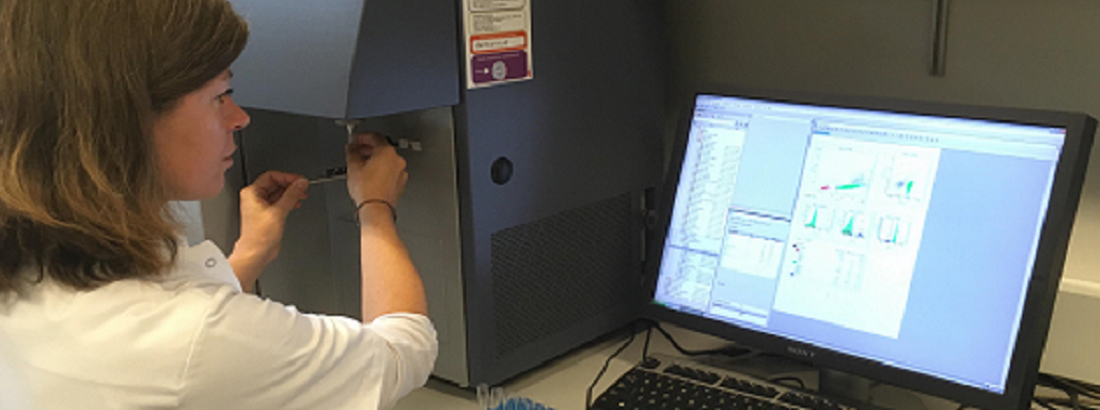
For flow cytometry in the diagnosis of leukemia, we use EDTA whole blood.
Please contact the laboratory for further information.
Contact
Phone +45 353 32907
E-mail: clab@sund.ku.dk
Laboratory Director
Teaching Associate Professor Anne Kirstine Havnsøe Krogh,
Phone. +45 35 33 09 42
E-mail: akrk@sund.ku.dk
